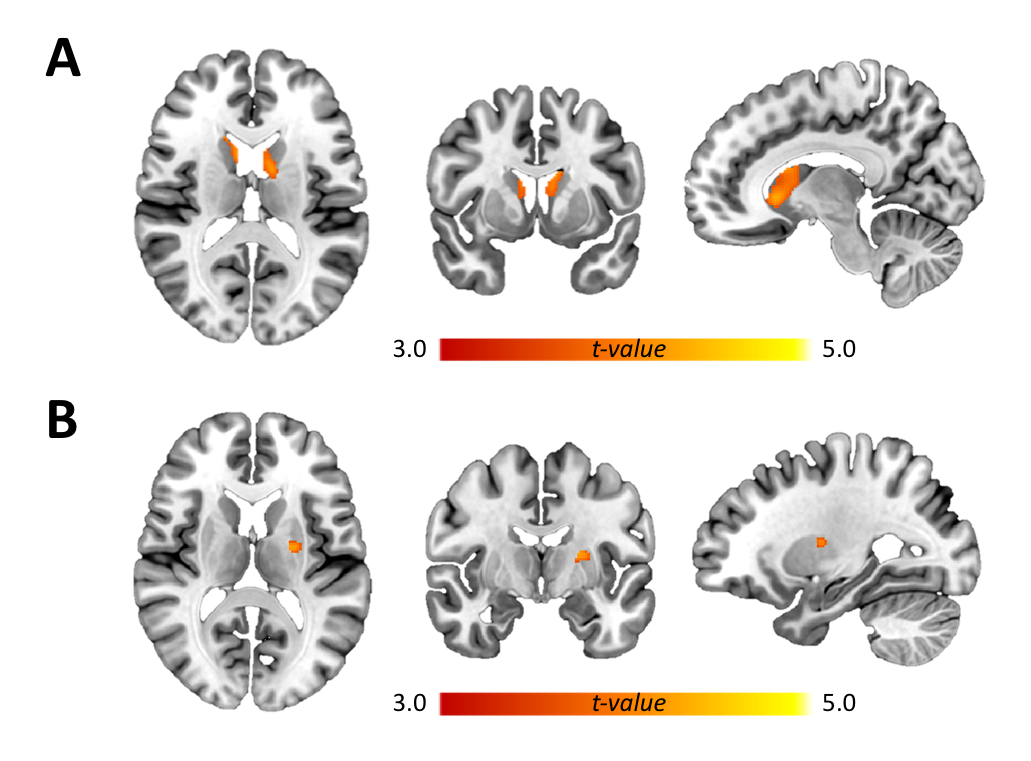Session Information
Date: Monday, October 8, 2018
Session Title: Parkinson's Disease: Neuroimaging And Neurophysiology
Session Time: 1:15pm-2:45pm
Location: Hall 3FG
Objective: The primary aim of the study was to investigate if any individual motor sign could be used clinically to predict striatal dopamine deficiency. Secondary aim was to investigate whether these signs are associated with the severity of dopamine loss in striatal subregions.
Background: Brain functional dopaminergic imaging is used as a diagnostic tool in patients with clinically undetermined parkinsonism. However, the method is costly, associated with radiation, and it is not available everywhere. Identification of clinical motor signs that accurately reflect striatal dopamine deficiency would reduce the need of imaging.
Methods: In this prospective cohort study of patients with clinically uncertain parkinsonism, MDS-UPDRS motor examinations were performed for 221 patients immediately before dopamine transporter (DAT) [123I]FP-CIT SPECT imaging. Region-of-interest and voxel-based methods were used to investigate the individual motor signs predictive of striatal dopaminergic impairment and whether these signs show associations with dopamine deficiency in specific striatal subregions.
Results: Out of all motor measurements, upper extremity rigidity and facial expression were the only signs that differentiated patients with normal and abnormal striatal DAT binding (Figure 1 A – D). Presence of any upper extremity rigidity showed the highest likelihood for DAT deficiency (OR = 4.79, 95% CI = 1.56 – 14.75, p = 0.006) followed by reduced facial expression (OR = 2.14, 95% CI = 1.14 – 4.00, p = 0.018). In patients with DAT deficits, reduced facial expression was associated with DAT deficiency in the caudate nucleus (Figure 2A) and increased upper extremity rigidity in the dorsal putamen (Figure 2B) (FWE-corrected p < 0.05). [figure1]
Conclusions: Increased upper extremity muscle tone and hypomimia are associated with hypodopaminergic parkinsonism. Other motor features, such as general bradykinesia and rest tremor, appear to have little value in separating patients with and without striatal dopaminergic impairment. Parkinsonian hypomimia seems to be specifically related to decreased caudate nucleus dopamine function. [figure2]
To cite this abstract in AMA style:
E. Mäkinen, J. Joutsa, E. Jaakkola, T. Noponen, J. Johansson, M. Pitkonen, R. Levo, T. Mertsalmi, F. Scheperjans, V. Kaasinen. Contribution of individual motor signs to striatal dopamine deficiency in parkinsonism [abstract]. Mov Disord. 2018; 33 (suppl 2). https://www.mdsabstracts.org/abstract/contribution-of-individual-motor-signs-to-striatal-dopamine-deficiency-in-parkinsonism/. Accessed December 27, 2025.« Back to 2018 International Congress
MDS Abstracts - https://www.mdsabstracts.org/abstract/contribution-of-individual-motor-signs-to-striatal-dopamine-deficiency-in-parkinsonism/


